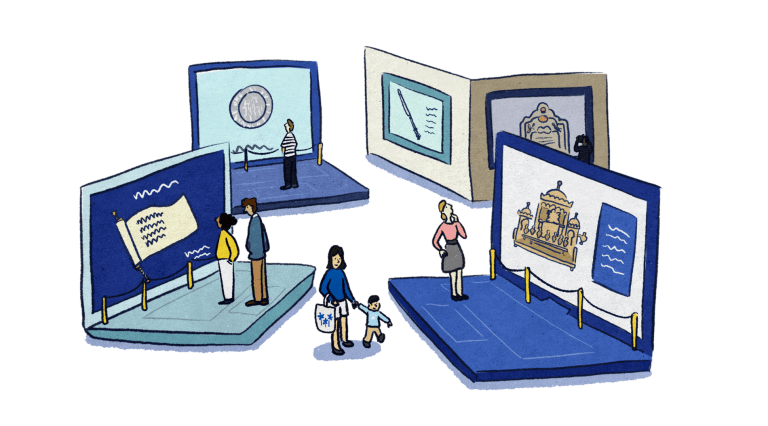Remote Learning with Mara Benjamin and Her Introduction to Judaism Class
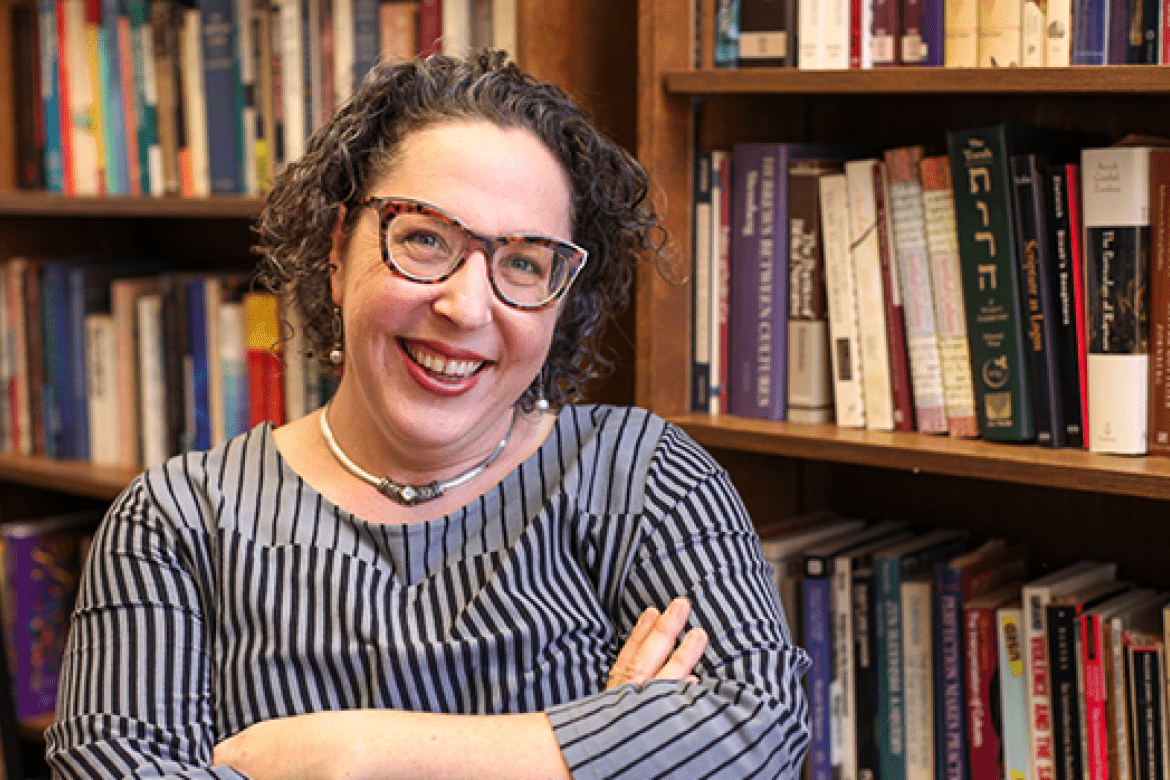
When Mount Holyoke’s campus closed and Mara Benjamin’s Introduction to Judaism class couldn’t present an in-person exhibition, they made a virtual one.
The last thing Mara Benjamin’s Introduction to Judaism class did before campus closed for the semester was go to the Mount Holyoke College Art Museum and look at art.
Specifically, the dozen students looked at six pieces of Judaica that they were using to explore the many varied expressions of Judaism around the world.
The pieces are 19th century and range in origin from Italy to Morocco to Germany: a menorah; a Torah pointer, which is called a yad; a scroll of Esther; two Seder plates; and a ketubbah, or Jewish wedding contract.
Most of these are recent purchases by the Art Museum, thanks to the vision of Shelley N. Weiner Sheinkopf ’68, who has endowed a fund for the acquisition of Judaica and Jewish art. Art Museum curators selected these purchases in close collaboration with Benjamin for use in classes such as this.
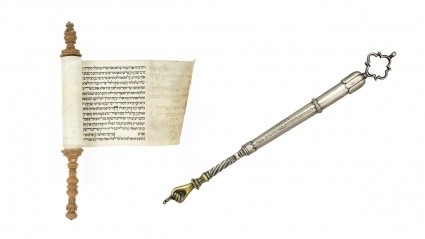
“The plan was to have a pop-up exhibition in which students would pair up and present one of the new objects,” said Benjamin, Irene Kaplan Leiwant Associate Professor of Jewish Studies. “Looking at the objects was basically the last thing we did together. It was amazing that the students were able to see the pieces at close range.”
With the COVID-19 pandemic, campus closed and the exhibition would not be able to go forward. Benjamin’s partner in teaching students about the art was Kendra Weisbin, associate curator of education, who led the class in a workshop about writing museum labels. She realized that the class could make the exhibition virtual instead, and feature it on the Art Museum’s website.
“We constantly engage students in research,” Weisbin said. “We teach this in classes and we hire interns to write blog posts and other content on collections or specific objects. But the idea of a kind of mini-tour of these objects through video is completely new.”
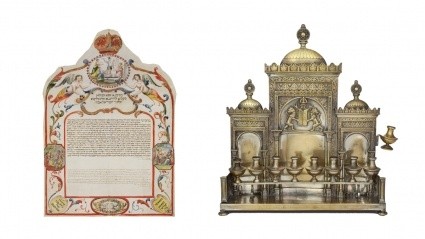
Learning with original objects and materials is common across disciplines in Mount Holyoke classes. Benjamin, who is also chair of Jewish Studies, said being able to use and see objects of material culture adds an entirely new dimension to the course.
“The class teaches two things at once,” she said. “One is to give the students a basic working vocabulary, some literacy about the classical tradition, the great books and interpretive traditions of Judaism. The other is to enable them to think about specific people, communities and rituals — and those have a lot of diversity.”
Label writing is a highly transferable skill, Weisbin noted.
“A well-written label is brief, accessible and engaging,” she said. “Writers have to consider questions such as, what kind of background knowledge do we assume visitors have? What information will my readers find most compelling? Learning to write in this way can fundamentally change the way students approach research and sharing knowledge.”
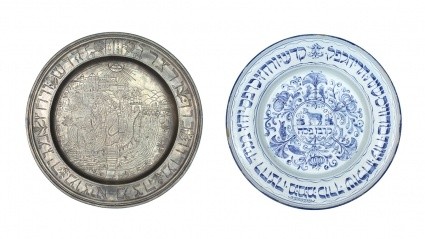
For instance, Tori Gernert-Dott ’20 and Maya Gore ’21 learned about Passover and what a Seder is. Then they examined the blue and white Seder plate from Germany.
“We can ask, what are some qualities that make these stand out among Passover plates,” Benjamin said. “What is the tradition and who defines it? Having these objects at the Art Museum as a resource is huge. It’s just irreplaceable to be able to have that kind of experience.”
Working with Weisbin, Gernert-Dott and Gore drafted a label for the plate, including noting that it was from Budweis, Germany.
“The text running around the plate’s rim hints at the complex history surrounding the plate and its household,” they wrote. “Only a decade earlier, the Jewish community was allowed to resettle within the city limits of Budweis after their expulsion in 1505 CE. This plate is a subtle yet proud assertion of the community’s return to the city.”
With campus closed and an in-person exhibition no longer possible, the students created a virtual exhibition, “Celebrating Sacred Moments,” with help from Art Museum staff Nina Frank and Meridith Richter. The exhibition includes photos of the art works, the labels and a short introductory video.
“Eventually we hope to have a fuller expression of the Jewish diaspora so that students are able to look at Jewish ceremonial objects, objects from Jewish daily life from around the world and from the United States,” said Benjamin. “We will be able to see these amazing similarities and yet all these differences as well. It’s very exciting.”
